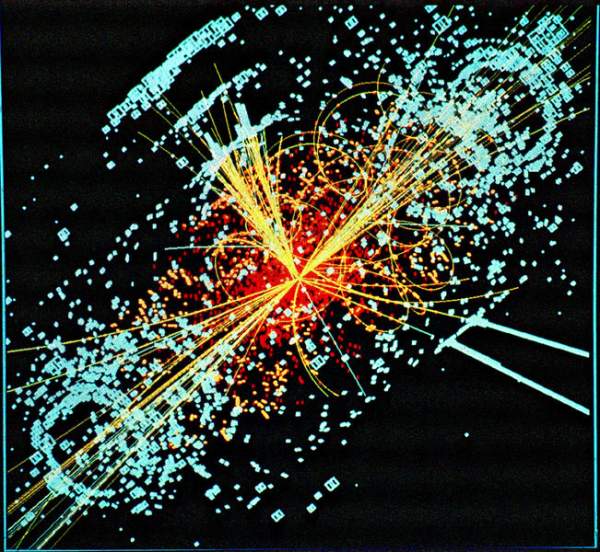First, Mystery tonne of He - Real Science, mainly dealt with the news of one tonne of cryogenic helium lost and asked, "was the level 3 alarm activated when the quench occurred?" as a concern involving the LHC cryogenics design.
Second, Mystery of Tonnes of He (Large Hadron Collider) was based on my review of the interim summary report dated 15 October 2008. The helium loss had risen to six tonnes and magnets appeared to be damaged.
CERN released the next, and the latest, report on 5 December 2008.[1] The number of magnets affected have expanded from 5 quadrupoles and 24 dipoles to 14 "short straight sections housing superconducting quadrupoles" and 39 dipoles, respectively. This report, meager for details, states the following;
As far as collateral damage is concerned, it is fully understood that the safety relief devices on the cryostat vacuum enclosure had been designed for lower helium discharge rates than that encountered in the 19 September 2008 incident (considered as “beyond design”), and that the axial forces resulting from over-pressurization of the vacuum enclosure exceeded the yield point of magnet supports, thus leading to their displacement and secondary damage."
"Beyond design" causes concern without further explanation. Especially, the term reminds me of this definition from the Nuclear Regulatory Commission's glossary:[2]
Beyond design-basis accidents - This term is used as a technical way to discuss accident sequences that are possible but were not fully considered in the design process because they were judged to be too unlikely. As the regulatory process strives to be as thorough as possible, "beyond design-basis" accident sequences are analyzed to fully understand the capability of a design.
Therefore, I wish to repeat my invitation to Lyn Evans, the LHC project manager, which appeared in LHC Is Not a Fast Reactor (But Is It Also Safe?)
Give us the scenarios, the choices, the evidence, we then do an independent risk assessment of LHC.
Because to understand the LHC risks, it is customary to ask three questions: 1. What can go wrong with LHC, 2. How likely is that to happen at LHC, 3. What are the consequences?
In the meantime here is a simulation of, perhaps, the 'Big Bang simulation' at LHC:

Source: The CMS home page (at CMS Media/[http://cmsinfo.cern.ch/outreach/CMSmedia/CMSphotos.html Photos]/EventD)
References
[1] CERN Press Release dated 5 December 2008: Follow up of the incident of 19 September 2008 at the LHC
[2] US Nuclear Regulatory Commission. Glossary dated February 14, 2007
http://www.nrc.gov/reading-rm/basic-ref/glossary/beyond-design-basis-accidents.html




Comments